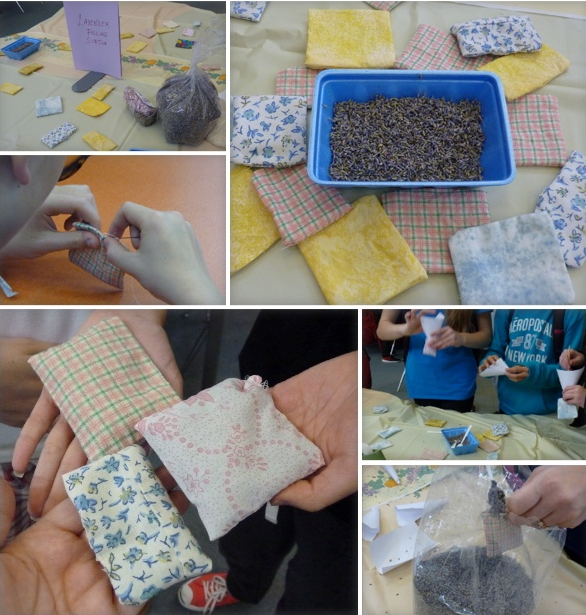In January 2016, we initially launched Rebels Makerspace at Burnaby South Secondary. We had a 3D printer, a CNC cutter, some crochet and textiles supplies and several sets of LEGO Mindstorm kits. We were ready to launch the place, and we optimistically thought that – after a month or so – the space would run itself. Our plan was to host a few introductory lunch hour events on 3D printing, crocheting, and LEGO robotics, and students would hopefully be inspired enough to access the Makerspace regularly, self-organize, find others that shared the same interests, and start working collectively on their passions. What we were expecting was a movie moment like the “Oh Captain, my captain” desk topping final scene circa Dead Poets Society (1989). But, our reality never aligned with the dream. Students didn’t self-organize and rarely showed up – and those that did regularly show up stopped after a month or two. We fell for the most common myth when it came to building a school program – and, yes, any makerspace should be considered a school program. We fell for the myth that goes, “If you build it, they will come” circa Field of Dreams (1989).
Looking back, what we launched back in January 2016 wasn’t a Makerspace but merely a collection of building tools that happened to be accessible in a common area. That didn’t make it a Makerspace or a school program – it just made it a workspace. Imagine a school gymnasium that was stocked with athletics equipment: can we then call that an athletics program? The answer is no. A school athletics program has essential programming: sponsors and coaches that lead, manage, and mentor students who are formed into teams that regularly practice and work together for a common purpose. Without athletic programming, there could not be an athletics program. Similarly, we learned that with a Makerspace, without essential programming – without the regular events and workshops that bring a community together to collaborate on a single purpose – there is no Makerspace program. And from our experience, without programming, students eventually stopped showing up and, worse yet, no even knew the program existed.
More promising results
When we launched the Rebels Makerspace again in September 2016, we made a goal to have regular programming: weekly events that brought students together to build a common project that organizers had researched, built, and tested. Since September 2016, we have hosted 19 events and had roughly 230 participants access Makerspace events. In a recent survey, more than half of the population surveyed was aware of the program.
This is good news, but there’s still a lot of work to be done. We’re still trying to hit critical mass – the moment where the Makerspace will just take off and student enthusiasm will run it. If the Makerspace is meant to be a place for students to try, test, fail, and try again, then it is true for both the students who access the space and the organizers that run it.





Comments are closed.